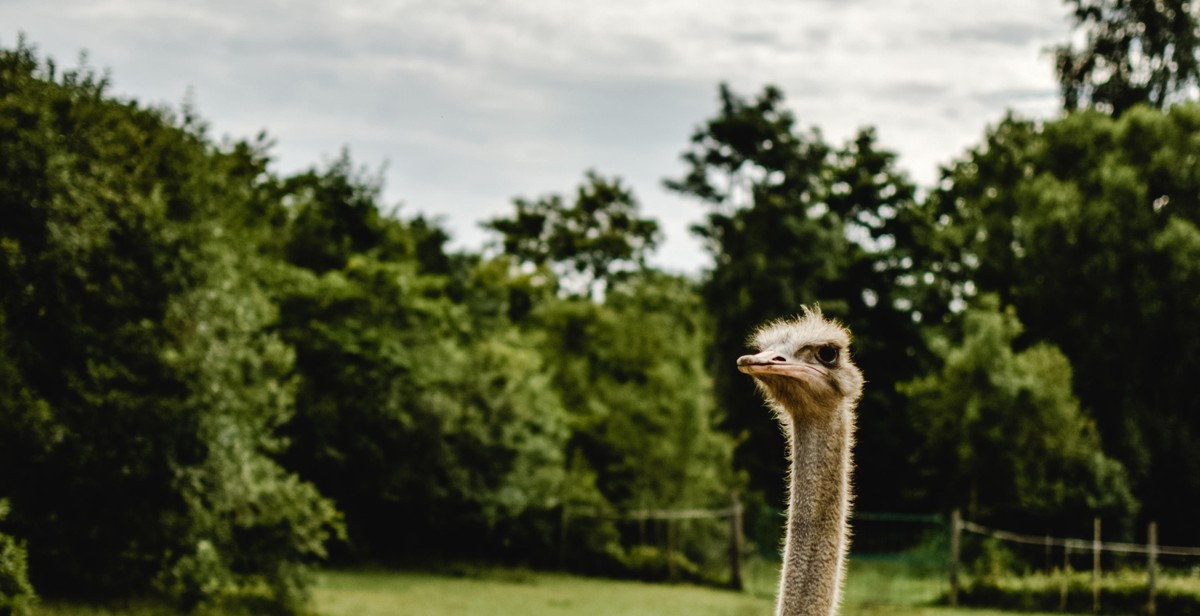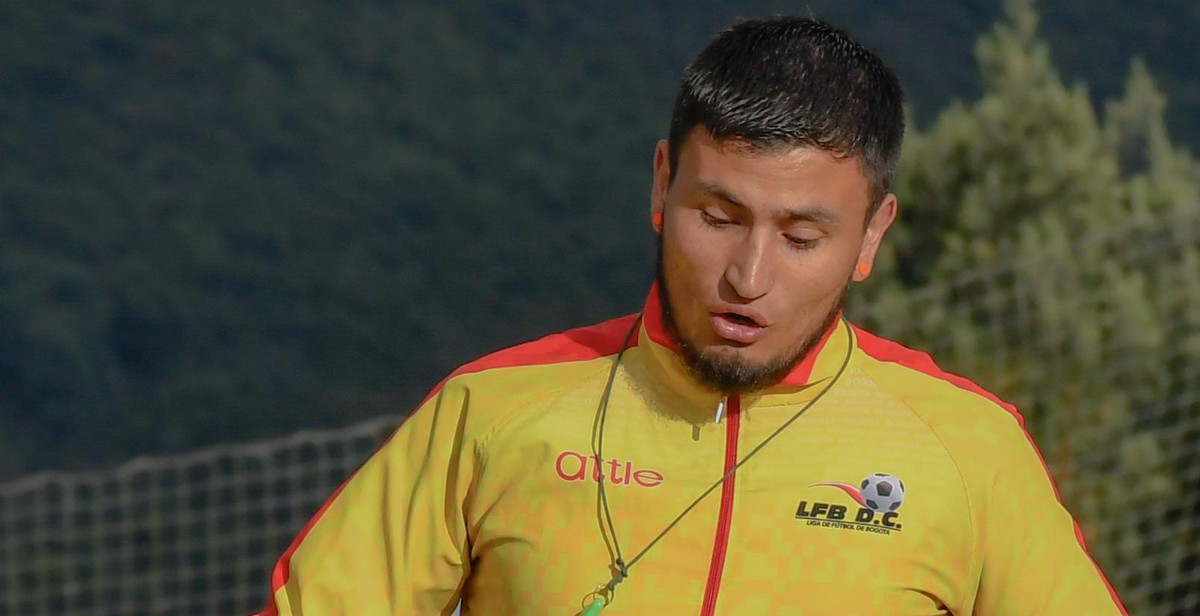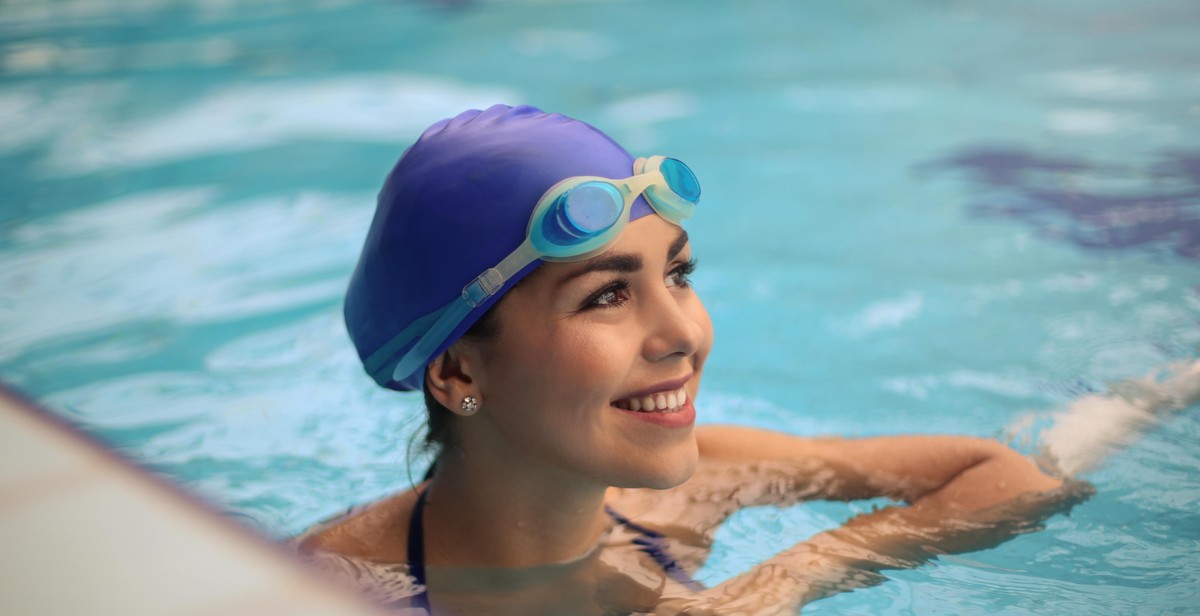How to Train Ostriches for Racing: Conditioning and Racing Techniques for Ostrich Competitions
Ostrich racing is a popular sport in many parts of the world. These large, flightless birds can run at speeds of up to 45 miles per hour, making them a formidable competitor in any race. However, training ostriches for racing is not an easy task. It requires patience, dedication, and a deep understanding of the bird’s behavior and physiology.
Conditioning Ostriches for Racing
Before an ostrich can compete in a race, it must be properly conditioned. This involves building up the bird’s endurance and strengthening its muscles. One of the most effective ways to do this is through regular exercise, such as running, walking, and swimming. Ostriches should also be fed a balanced diet that includes plenty of protein, vitamins, and minerals.
Racing Techniques for Ostriches
Once an ostrich is properly conditioned, it is ready to compete in a race. There are several racing techniques that can be used to improve the bird’s performance, including proper pacing, drafting, and sprinting. It is also important to train the ostrich to respond to commands, such as turning and stopping, to avoid collisions and other accidents.
- Pacing: Ostriches are known for their speed, but they can also tire quickly. Proper pacing is essential to ensure that the bird can maintain its top speed for the entire race.
- Drafting: Ostriches can benefit from drafting, just like human runners or cyclists. By running closely behind another bird, the lead ostrich can reduce wind resistance and conserve energy.
- Sprinting: In some races, ostriches may need to sprint to the finish line. Sprinting requires a burst of energy and proper technique to maximize speed and minimize fatigue.
Conclusion
Training ostriches for racing is a challenging but rewarding experience. With proper conditioning and racing techniques, these magnificent birds can compete at the highest level and provide a thrilling spectacle for spectators around the world.

The Basics of Ostrich Racing
Ostrich racing is a unique and exciting sport that involves jockeys riding on the backs of these large, flightless birds. The goal is to be the first to cross the finish line, typically over a distance of around 100 meters. While ostrich racing may seem like a modern and quirky activity, it actually has a long and interesting history.
History of Ostrich Racing
Ostrich racing originated in Africa, where these birds are native. They were first used as a mode of transportation, as they are incredibly fast and can cover great distances quickly. Over time, ostrich racing became a popular pastime among locals, and eventually spread to other parts of the world.
Today, ostrich racing is a popular attraction at fairs and festivals around the world. Races typically involve two to four birds, each with a jockey on their back. The jockeys use whips and reins to steer the birds, and must be skilled at balancing on the back of such a large and powerful animal.
How to Train Ostriches for Racing
Training ostriches for racing requires a great deal of patience and skill. Ostriches are naturally flighty and can be difficult to handle, so it’s important to start training them at a young age. Ideally, ostriches should be trained from the time they are chicks, so they become accustomed to human contact and handling.
The first step in training an ostrich for racing is to get them used to wearing a saddle. This can be done by gradually introducing the saddle and allowing the bird to wear it for short periods of time each day. Once the bird is comfortable wearing the saddle, the jockey can begin to mount the bird and practice riding.
In addition to saddle training, ostriches must also be conditioned for racing. This involves a combination of endurance training and sprint training. Endurance training involves gradually increasing the distance the bird runs each day, while sprint training involves short bursts of intense running.
Overall, training an ostrich for racing is a challenging but rewarding experience. With patience, skill, and dedication, anyone can learn to ride these impressive birds and compete in ostrich races around the world.

Conditioning Techniques for Ostriches
Conditioning ostriches for racing requires a combination of proper diet and exercise regimen. As an experienced ostrich trainer, I have found that these techniques work best:
Proper Diet
Feeding ostriches a balanced diet is crucial for their overall health and performance. They require a diet rich in protein, vitamins, minerals, and fiber. A balanced diet consists of:
- High-quality hay or grass
- Commercial ostrich feed
- Fruits and vegetables
- Supplements such as calcium and vitamin D
It is important to note that overfeeding ostriches can lead to obesity and hinder their performance. Therefore, it is recommended to feed them in small portions throughout the day.
Exercise Regimen
Exercise is a crucial part of conditioning ostriches for racing. It helps to build their stamina, strength, and speed. Here are some exercise techniques that have been successful in my experience:
- Walking: Start with short walks and gradually increase the distance and speed over time. Walking helps to build their leg muscles and endurance.
- Running: Once ostriches are comfortable with walking, gradually introduce running. Start with short bursts of running and increase the duration and speed over time.
- Swimming: Swimming is a low-impact exercise that helps to build their leg muscles and cardiovascular endurance. However, not all ostriches enjoy swimming, so it is important to introduce it gradually and monitor their reaction.
- Obstacle course: An obstacle course is a great way to challenge ostriches’ agility, coordination, and speed. Start with simple obstacles and gradually increase the difficulty over time.
It is important to note that ostriches should not be overworked or pushed beyond their limits. Overexertion can lead to injuries and hinder their performance.
| Diet | Exercise |
|---|---|
| High-quality hay or grass | Walking |
| Commercial ostrich feed | Running |
| Fruits and vegetables | Swimming |
| Supplements such as calcium and vitamin D | Obstacle course |
By following these proper diet and exercise techniques, ostriches can be conditioned for racing and compete at their best.

Training Ostriches for Racing
Training ostriches for racing takes time, patience, and dedication. It is important to start young, building trust and teaching basic commands before progressing to racing.
Starting Young
The best time to start training ostriches for racing is when they are young, around six months old. At this age, they are easier to handle, and they are more receptive to training. It is important to start with gentle handling and positive reinforcement to build trust and establish a bond with the ostrich.
Building Trust
Building trust with the ostrich is crucial for successful training. It is important to spend time with the ostrich every day, talking to them, and offering treats. This will help them to associate you with positive experiences and build trust over time.
Teaching Basic Commands
Once the ostrich trusts you, it is time to start teaching basic commands. The most important commands to teach are “stop” and “go”. This can be done by using a lead rope and gently pulling the ostrich forward while saying “go”. When you want the ostrich to stop, gently pull back on the lead rope while saying “stop”. It is important to use positive reinforcement, such as treats, to reward the ostrich for following commands.
Progressing to Racing
Once the ostrich has mastered basic commands, it is time to progress to racing. Start with short races, gradually increasing the distance and speed over time. It is important to monitor the ostrich’s health and well-being throughout the training process, and to adjust the training regimen as needed.
| Training Tips |
|---|
| Use positive reinforcement to encourage good behavior |
| Be patient and consistent with training |
| Monitor the ostrich’s health and well-being throughout the training process |
Training ostriches for racing takes time and effort, but with patience and dedication, it is possible to create a successful racing ostrich.

Racing Techniques for Ostrich Competitions
Pre-Race Preparation
Before any race, it is important to ensure that your ostrich is in top physical condition. This means providing them with a balanced diet and plenty of exercise. In the weeks leading up to the race, gradually increase the distance and intensity of your ostrich’s training sessions.
On the day of the race, it is important to arrive early to give your ostrich time to warm up and acclimate to the environment. Walk your ostrich around the race area to help them relax and get comfortable with their surroundings.
Race Strategy
Each ostrich race is unique, so it is important to have a solid race strategy in place. Here are a few tips to keep in mind:
- Start strong: At the beginning of the race, encourage your ostrich to sprint ahead of the pack. This will give them a better chance of staying ahead throughout the race.
- Pace yourself: While it may be tempting to push your ostrich to go as fast as possible, it is important to maintain a steady pace throughout the race. This will prevent your ostrich from burning out too quickly.
- Use your voice: Ostriches respond well to vocal cues, so use your voice to encourage your ostrich throughout the race. Cheer them on and give them positive reinforcement as they pass each checkpoint.
- Stay focused: During the race, it is important to stay focused on your ostrich and the competition. Avoid distractions and keep your attention on the track.
- Finish strong: As you approach the finish line, encourage your ostrich to give it their all. This final burst of energy could make all the difference in determining the winner.
Conclusion
By following these pre-race preparation and race strategy tips, you can help your ostrich perform at their best during competitions. Don’t forget to also have fun and enjoy the experience with your ostrich!

Conclusion
Training an ostrich for racing is a challenging but rewarding task. By following the right conditioning and racing techniques, you can turn these flightless birds into speedy competitors. Remember to start slow and gradually increase the intensity of the training, while keeping an eye on the ostrich’s health and behavior.
The Importance of Proper Nutrition
One of the most important aspects of ostrich training is providing a well-balanced diet. Ostriches require a diet that is high in protein and low in fat, with plenty of fresh fruits and vegetables. Adequate hydration is also critical, especially during intense training sessions.
The Benefits of Positive Reinforcement
Positive reinforcement is a powerful tool when it comes to training ostriches. By rewarding good behavior with treats or praise, you can encourage your ostrich to repeat those actions. This helps to build a strong bond between you and your bird, making training sessions more productive and enjoyable.
The Thrill of Ostrich Racing
Ostrich racing is a unique and exciting sport that is gaining popularity around the world. By training an ostrich for racing, you can experience the thrill of competing on the back of one of the world’s fastest birds. With the right training and conditioning, your ostrich could be a top contender in the next ostrich race.
| Conditioning Techniques | Racing Techniques |
|---|---|
| Interval training | Proper riding posture |
| Hill training | Using reins to steer |
| Resistance training | Encouraging speed bursts |
| Stretching exercises | Timing the finish line |
By combining these techniques with patience, consistency, and a genuine love for ostriches, you can create a winning formula for ostrich racing success.
